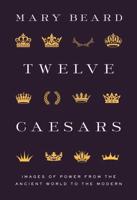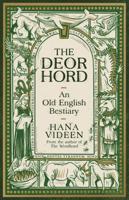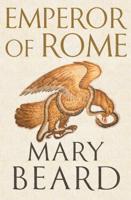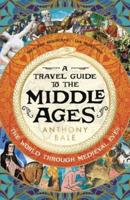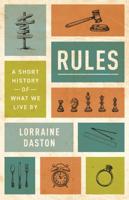Publisher's Synopsis
The purpose of this title is to look into the minds, thinking, and work of Renaissance thinkers who were inspired by the Moorish transmission of Ancient Nile Valley civilizations in the Land of the Blacks. Rediscovery of the African Mystery System through the Moors and the Islamic Renaissance precipitated the rebirth of culture, art, and science in Europe's High Middle Ages which gave birth to the Age of the Enlightenment, a prerequisite to our Modern Age. All this occurred when rulers with Moorish lineage linked to Kemet, The Land of the Blacks, prevailed over Europe as highlighted. These "blue bloods that were black" had to hide their "otherness" as the populist movement emerged among the white masses out of the Reformation. White powder and wigs were employed as images were whitened and made to reflect those in the populous with familiar backgrounds. The art, culture, and science discovered by Renaissance thinkers was drawn from the universally literate Black Moors and taught to the mostly illiterate white Europeans living in their own ignorance, pestilence, and filth. The pathway for this rebirth runs out of numerous universities and libraries in Moorish-occupied Southwest Europe consisting of Spain, Portugal, and Sicily, etc. Renaissance thinkers used this knowledge written in Arabic and Greek by translating it into Latin and eventually the national language, particularly after the printing press was introduce to accelerate the publication of books and documents. Translations were accredited as purely white innovations while its black origins were dismissed by scientific racist that became popular since the 18th century to support a Western "status-quo" whose wealth was accrued from African slavery and continued oppression of them and people of color to this day. The Renaissance thinkers that dared to read, translate and use the African Mystery System, were persecuted by the Roman Catholic Church and Inquisition that would pursue them as heretics to be arrested, tried, tortured to confession they are "wards of Satan" and executed, often by being "burnt on a stake." As the new knowledge was spread by books and documents printed, Renaissance art, architecture, and inventions found greater patronage by influential rulers, like members of the de Medici family, and eventually find an audience among "blue is black" emperors, kings, queens, and clergy in charge of the budding national governments as a way to display wealth and power. Emphasis upon human reasoning and logic became vogue as prerequisites to experimentation, new invention, and exploration. The Crusades and Moorish invasion played a vital role in awakening these Renaissance thinkers to the world beyond Europe, particularly rooted in Africa. This manuscript attempts to give credit where it is due to the knowledge and civilization drawn from the African Ancients of the Land of the Blacks whose philosophy and science sparked the progress that the West enjoys today.The book argues that the Afro-Europeans unsung contribution significantly altered the lives of white Europeans as a result of that Moorish occupation, Islamic Renaissance, and mixed-raced rule. These Afro-Europeans made the European Renaissance a reality as a prerequisite to the Age of Reason or Enlightenment and Modern Era. These blacks from ancient times when Africans established civilization to the 17th century following the Renaissance of the 13th through 16th century, they were perceived by Caucasians as bigger than life, god-like figures that stood out as a ruler-warrior class, with admirable physical and mental prowess. They ruled great civilizations and their mixed-raced interbreeds reigned over Europe until populist revolutions left them with honorary titles and a zenith of their power and wealth. These mixed-blacks hide their identity and lineage to other Africans after the slave trade to generate wealth to the West and domain they controlled.


